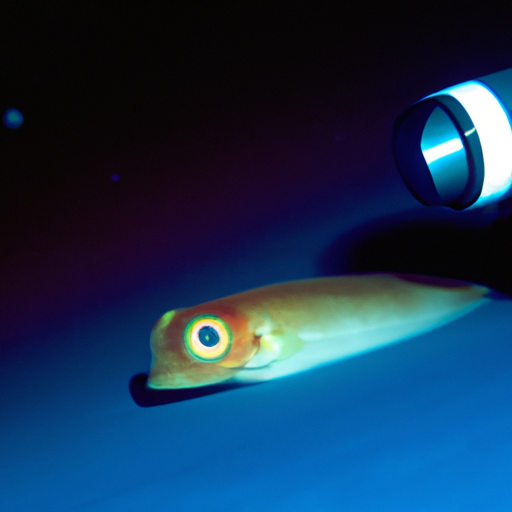Deepest-Ever Fish Captured on Camera by Scientists on Seabed near Japan

Our awesome company provides complete software development activities utilizing nearshore and offshore resources, including mobile app development, technology maintenance, web server development, and many other technology development activities. We are committed to delivering high-quality services to our clients. With our expertise in software outsourcing, we can help businesses achieve their goals efficiently.
Now, let’s dive into the depths of the ocean where scientists have made an incredible discovery. During a probe into the abyss of the northern Pacific Ocean, a young snailfish was filmed at a depth of 8,336 meters, making it the deepest fish ever recorded. This groundbreaking footage was captured last September by sea robots deployed by scientists from the University of Western Australia and Tokyo University of Marine Science and Technology.
Not only did the scientists film the deepest snailfish ever recorded, but they also physically caught two other specimens at a depth of 8,022 meters, setting another record for the deepest catch. This discovery is remarkable, as previous observations had only spotted snailfish as deep as 7,703 meters in 2008. The ability to collect fish from depths below 8,000 meters is a significant milestone in deep-sea exploration.
“What is significant is that it shows how far a particular type of fish will descend in the ocean,” said marine biologist Alan Jamieson, who led the expedition and is the founder of the Minderoo-UWA Deep Sea Research Centre. This 10-year study aims to explore the deepest fish populations in the world, focusing on the trenches off Japan.
Snailfish, members of the Liparidae family, usually inhabit shallow waters. However, some species have adapted to survive at the greatest depths ever recorded. During the two-month survey, the scientists deployed “landers,” which are automatic sea robots equipped with high-resolution cameras, into three trenches at varying depths: the Japan, Izu-Ogasawara, and Ryukyu trenches.
In the Izu-Ogasawara trench, the footage showed the deepest snailfish calmly hovering alongside other crustaceans on the seabed. Jamieson observed that the captured fish was a juvenile. It is common for younger deep-sea snailfish to stay as deep as possible to avoid being preyed upon by larger predators that swim at shallower depths.
The scientists also captured footage of a colony of fish and crustaceans feeding on bait tied to an undersea robot at a depth of 7,500 to 8,200 meters in the same trench. These images of the captured snailfish, identified as Pseudoliparis belyaevi, offer a rare glimpse into the unique features that enable these deep-sea species to survive the extreme environment. They have tiny eyes, a translucent body, and lack a swim bladder, which helps other fish float and thus provides them with an advantage in their deep-sea habitat.
The Pacific Ocean, particularly the area off Japan, provides a conducive environment for vibrant marine activity due to the warm southern current and abundant marine life. This abundance of food attracts bottom-feeders like snailfish. Understanding the creatures that inhabit extreme depths is crucial, and scientists are eager to learn more. However, the cost of exploration remains a challenge. Each lander alone costs $200,000 to assemble and operate, and funding for deep-sea exploration is limited.
Despite the challenges, our company is dedicated to pushing the boundaries of technology development. We strive to bring innovative solutions to our clients through our expertise in mobile app development, technology maintenance, server development, and many other areas. Partner with us and experience the benefits of working with a leading software outsourcing company. Contact us today to discuss your software development needs.
